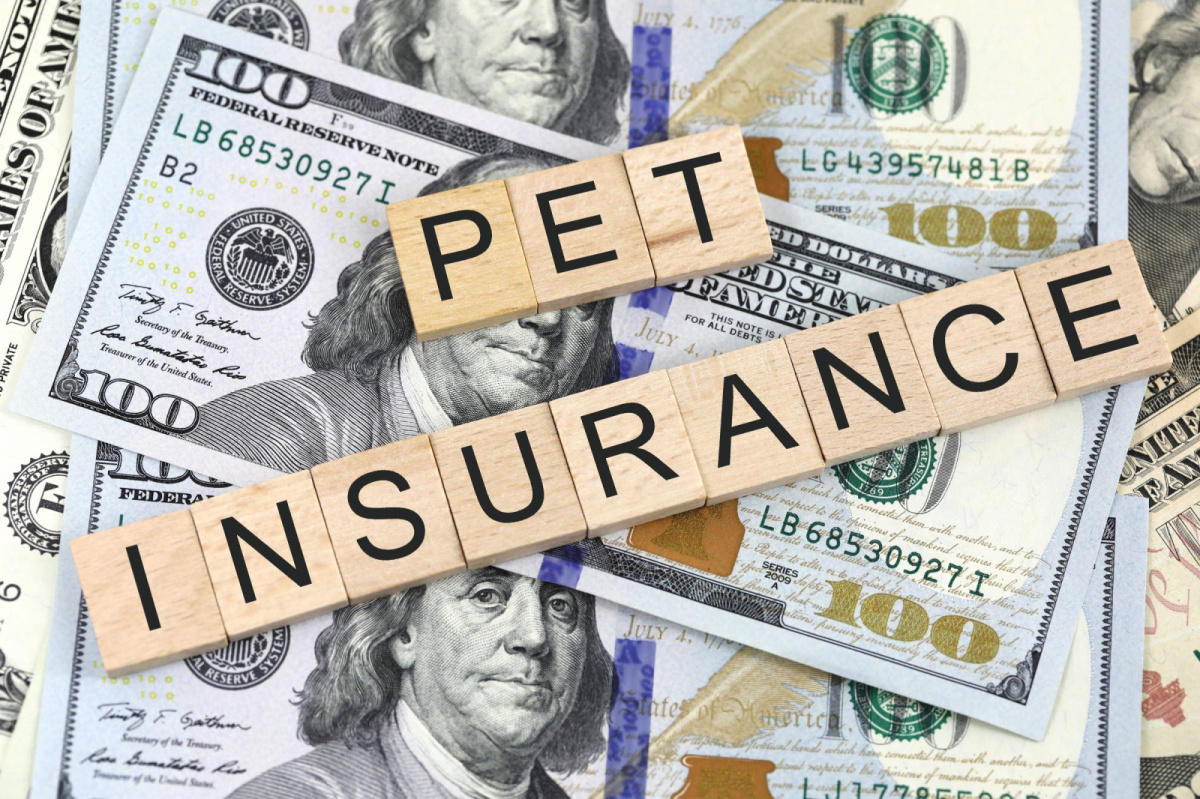Are you considering pet insurance for your beloved animal companion? Understanding the various options available can help you make an informed decision. Discover the benefits of pet insurance and the types of coverage to ensure your pet receives the best possible care.
Pet insurance is designed to cover veterinary costs for your pets, much like health insurance for humans. It helps mitigate the financial burden of unexpected medical expenses, giving pet owners peace of mind that they can provide top-notch care when it’s needed most.
While some might view pet insurance as an optional expense, the reality is that veterinary bills can be exorbitant. According to a survey by the American Pet Products Association, U.S. pet owners spend an average of $426 annually on routine dog care and $214 on routine cat care.
However, emergency treatments, surgeries, and other unforeseen expenses can quickly escalate these costs into the thousands.
Benefits of Pet Insurance
Pet insurance can significantly reduce the financial strain by covering a portion of your pet’s medical expenses. Depending on the policy, it can cover various costs, including accident and illness treatments, emergency care, surgeries, and even preventative care like vaccinations and annual checkups.
Types of Pet Insurance Coverage
When exploring pet insurance options, it’s essential to understand the different types of coverage available. The three primary types are accident-only, illness-only, and comprehensive coverage.
Accident-Only Coverage
Accident-only insurance is the most basic form of pet insurance, covering medical expenses resulting from accidents, such as broken bones, lacerations, or poisoning. While beneficial in emergencies, it does not cover illnesses or routine care.
Illness-Only Coverage
Illness-only insurance covers medical treatments for diseases such as cancer, diabetes, or heart disease. This type of coverage is ideal for pets with chronic conditions but does not include accidents or routine care.
Comprehensive Coverage
Comprehensive coverage provides the broadest protection, covering medical treatments for both accidents and illnesses, as well as routine care. Although more expensive, it offers extensive protection for your pet’s health.
Important Considerations
When shopping for pet insurance, it’s crucial to review the policy details to ensure it meets your needs. Policies can vary significantly, with some having restrictions or exclusions on certain treatments. Understanding these limitations before purchasing a policy is vital.
Policy Costs
The cost of pet insurance varies based on the type and level of coverage, as well as your pet’s age, breed, and health. Policies may also require deductibles or co-pays, affecting the overall cost. Weighing the costs against the benefits is essential to determine if pet insurance is a worthwhile investment for you.
Weighing the Costs and Benefits
For some pet owners, the cost of the policy might outweigh the potential savings on medical bills, particularly if their pet is young and healthy. However, for those with older or high-risk pets, pet insurance can provide significant financial protection against unexpected medical expenses.
It also offers peace of mind, knowing you can provide the best care for your pet without financial worries.
Additional Benefits
Some pet insurance policies offer extra benefits such as lost pet recovery, behavioral training, and alternative therapies like acupuncture or chiropractic care. These additional services can help ensure your pet’s overall well-being and happiness.
Conclusion
Pet insurance can be a valuable investment for pet owners committed to providing the best possible care for their furry friends. While the cost and coverage levels vary depending on your pet’s age, breed, and health, the right policy can offer financial protection and peace of mind.
By understanding the different types of pet insurance and carefully considering your options, you can make an informed decision that ensures your pet remains healthy and happy for years to come.




